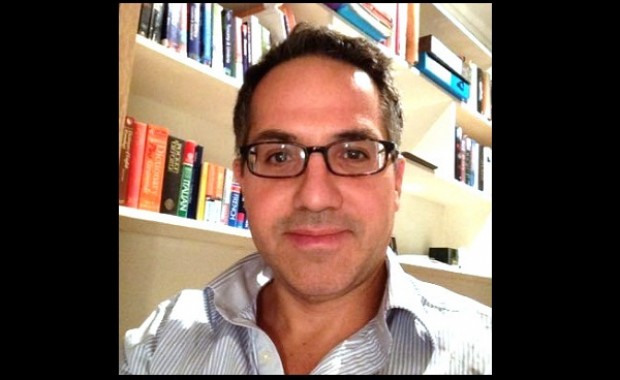Fake videos: checks channels can do
Mark Frankel, photo credit: Twitter
Webby award-winning journalist Mark Frankel says that a strong editorial policy coupled with a professional team that follows a strict standard operating procedure, can ensure that doctored or fake videos do not get aired.
In an interview with The Hoot from London, Frankel said that the BBC has an entire team dedicated to checking for fake videos on a 24x7 news cycle basis. 'We take it very seriously and it is at the centre of our newsroom. What is real? What is fake? That is the team I manage.'
The BBC ensures that the videos they use have not been tampered with in any way through several measures. 'A number of checks can be done routinely to ensure that the footage is not fake. The videos will often be thumbnail images. In fake videos, people scrape that image and it reveals it. You can easily detect that it is associated with another video,’ Frankel said.
Other than its own homegrown footage, the BBC has a relationship with various global news organisations to source footage. 'We take footage from Reuters, AP, European agencies etc. Some of them are also amateur videos but accompanying them must be dope sheets and we are bound to run checks on them to establish their authenticity.’
According to Frankel, things become critical when there is a developing news story. 'Suddenly the Internet explodes with video and some of that will work its way to us. What we then do is what is called a 'reverse image' search. We look at the video frame by frame, we look at the date encrypted on where the video was taken, when it was taken and how real it is. We look at when the video was first posted. We look at the location and timing. We look online at the weather in that place at the time when the video claims it was shot and check whether it was really taken where it was supposed to have been taken.
‘There are other cross checks too. For example, suppose a video claims it has been shot in Egypt, but in the background we can hear lots of people talking in Italian, then obviously there is a problem. So lots of things can be done to check whether a video is fake or genuine.’
Frankel says that a reverse search on the Internet, on another social media platform, is a good way to detect fake videos. 'For example, during the Paris attacks, huge numbers of people were posting on YouTube. When we started the search, we found that many of the videos had come from Instagram, that is, the original video was on Instagram. We then found the original and discovered that the first time it was posted was on an entirely different platform and not on YouTube,’ he said.
On the doctoring of sound in a video (as has allegedly happened in the case of the JNU video), Frankel said: 'That is a very easy thing to do and it is known as the 'classic' distortion. It is also very easy to detect, each date can be traced, we can track when the picture was uploaded and when the sound was uploaded. There is something called the 'unique code' and it will contain that date. Once you see this data, you can quickly detect whether the sound track is in sync with the picture or has been added from another place. All you need to do is look for something called 'Exif Data' - it has the properties of an image, the shape of an image, the picture quality and the time it was uploaded. If someone posted it later, you can detect that when you analyse this data,’ he explained.
Are these processes difficult? ‘Not at all. It involves asking some very basic questions and cross checking the facts. If you do these things, you will not end up using doctored videos,’ he said.
Asked if he remembered any major instances where doctored videos had got past editorial scrutiny, Frankel said he had seen it happen only in still photography. 'The obvious ones have been those related to the weather. We have noticed instances when during an impending tornado or tsunami, you will get a picture of an event like that posted. It will be an old image, not a current one, so you can't really describe it as fake, but it is not associated with the current weather pattern and hence is false,’ he said.
The basic message from the BBC’s Social Media Editor is check, cross-check, check, cross-check… constantly. Are Indian TV channels listening?
(Nupur Basu is a journalist, documentary filmmaker and media educator)







